Sunscreen is actually listed as a drug by The Food And Drug Administration (FDA) in America?
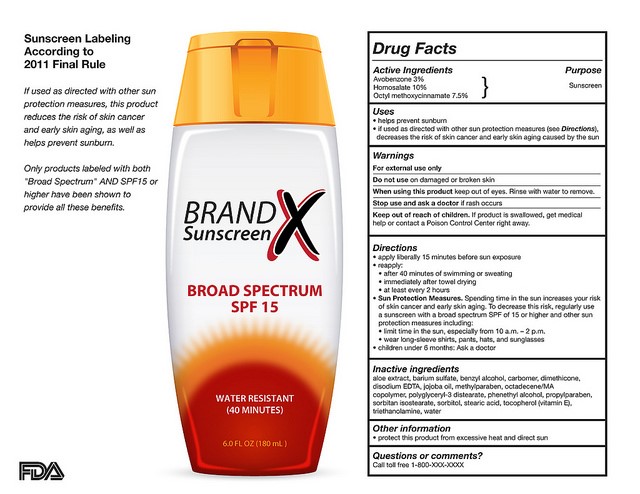
When you pick up a sunscreen tube, there are different terms used to describe it like “broad-spectrum”, UVA/UVB, Waterproof, Water-resistant, etc. For beauty nerds, these terms are understandable but this is not the case for majority of beauty consumers. Well, you’re in luck because we’re breaking these terms down:
- UVA – Ultra Violet Ageing rays: Cause wrinkles, premature ageing, sun spots, freckles and worsen hyperpigmentation. They are present all day, every day whether the sun is out or not. They penetrate glass and other surfaces.
- UVB – Ultra Violet Burning rays: Cause sunburns. They are present when the sun is out especially during summer and they are blocked out by glass.
- Broad Spectrum: Means that the sunscreen is formulated to protect from both UVA & UVB rays. Never buy a sunscreen that is not broad spectrum.
- Active Ingredients: The UV filters that actually protect your skin from the harmful effects of UV rays
- Inactive Ingredients: This includes other ingredients in the formula that moisturize the skin and help improve the look, texture, scent and feel of the sunscreen.
- Chemical Filters: You’ll find them in the ingredients lists usually as Oxybenzone, Octisalate, Avobenzone, Octinoxate & Octocrylene. Although there are others, these are the most commonly used because they are the most researched.
- Physical Filters: You’ll find them in the ingredients lists as Zinc Oxide & Titanium Di Oxide. If you have hyperpigmentation, make sure your sunscreen contains these.
- Water Resistant: Usually accompanied by a specified length of time, this term means that if you sweat or swim, the sunscreen will be effective for the length of time that is specified. For instance, If the sunscreen says “Water Resistant, 80 minutes”, this means you can swim or engage in activities that make you sweat for 80 minutes after which the sunscreen becomes ineffective. Sweat and water break down sunscreen active ingredients, so this is an important term to watch out for.
- SPF – Sun Protection Factor: This is a measure of how long you can stay in the sun without getting a sunburn from UVB rays. The guidelines say not to use an SPF less than 30, but really in this part of the world, I don’t think anyone should go lower than 50!
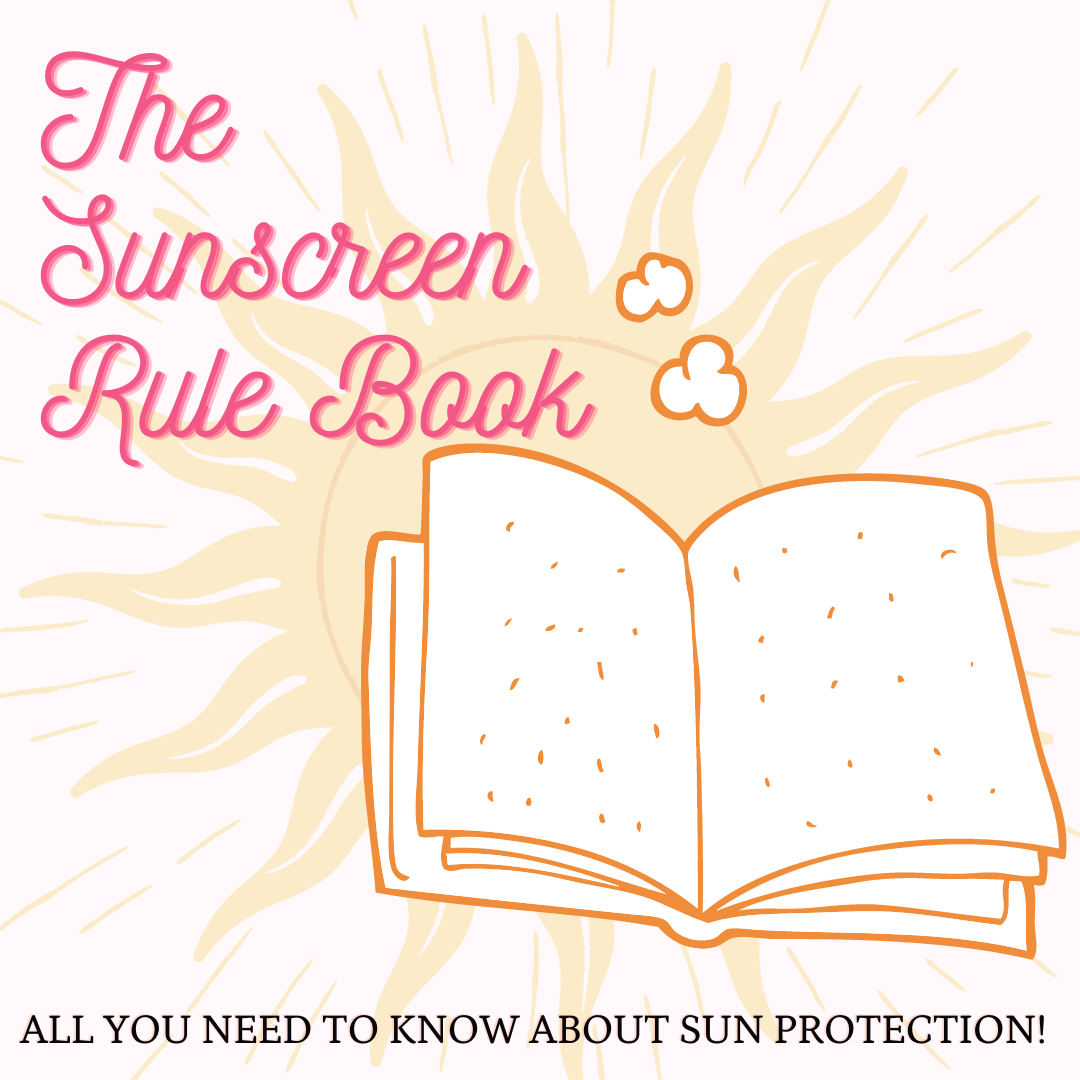
Now let’s get to the rulebook. Sunscreen is a drug, so there are rules to follow in order to reap all the benefits.
- The only reason NOT to apply sunscreen is if you are stuck in a windowless room like in a prison all day long.
- Apply sunscreen at least 15 minutes before you step outside daily, and if you will be indoors in a room with windows, do the same.
- Allow your sunscreen to dry down and absorb properly before gently applying makeup.
- Don’t skip these areas, ears and back of the ears, back of the neck, hairline, around the eyes and lips.
- Seek shade wherever possible and cover-up!
- Reapply Your sunscreen after swimming, exercising or sweating
- Your sunscreen should be the last step in your skincare routine.
- Reapply your sunscreen every two hours while you’re out, especially if you struggle with hyperpigmentation.
- If you struggle with hyperpigmentation, 50% of your skincare budget should go to sun protection.
- Everyone should use a sunscreen, however, If you use active ingredients like exfoliating acids, retinoids or any hyperpigmentation treatment then sunscreen is non-negotiable for you.
- Double cleansing daily after wearing sunscreen is also very important to prevent clogged pores and breakouts. Don’t Skip it
- A 100ml tube of sunscreen should not last you three months. If it does, then you are not using enough sunscreen.
There you have it! Follow these rules and you’ll be getting the best out of your sunscreen.
If you enjoyed this article, don’t forget to share with your friends!


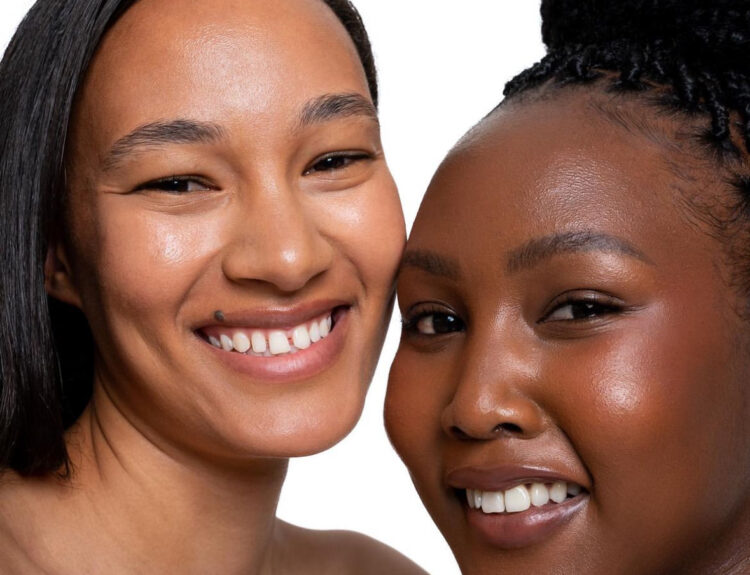
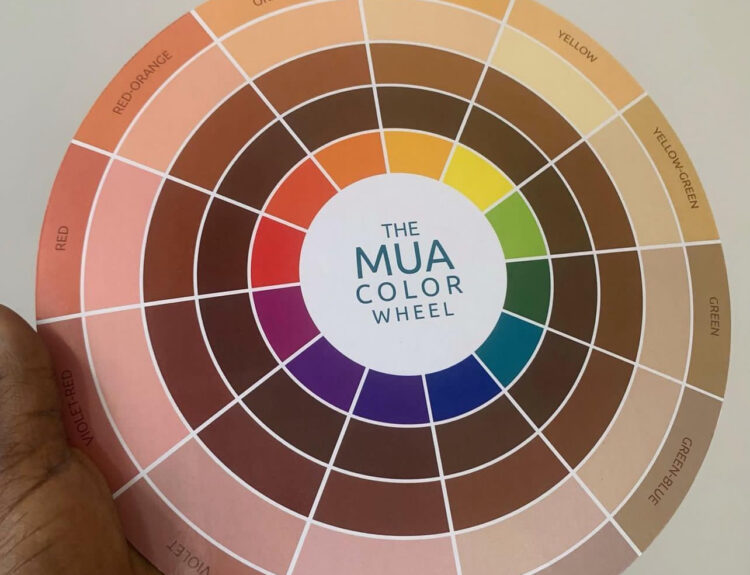
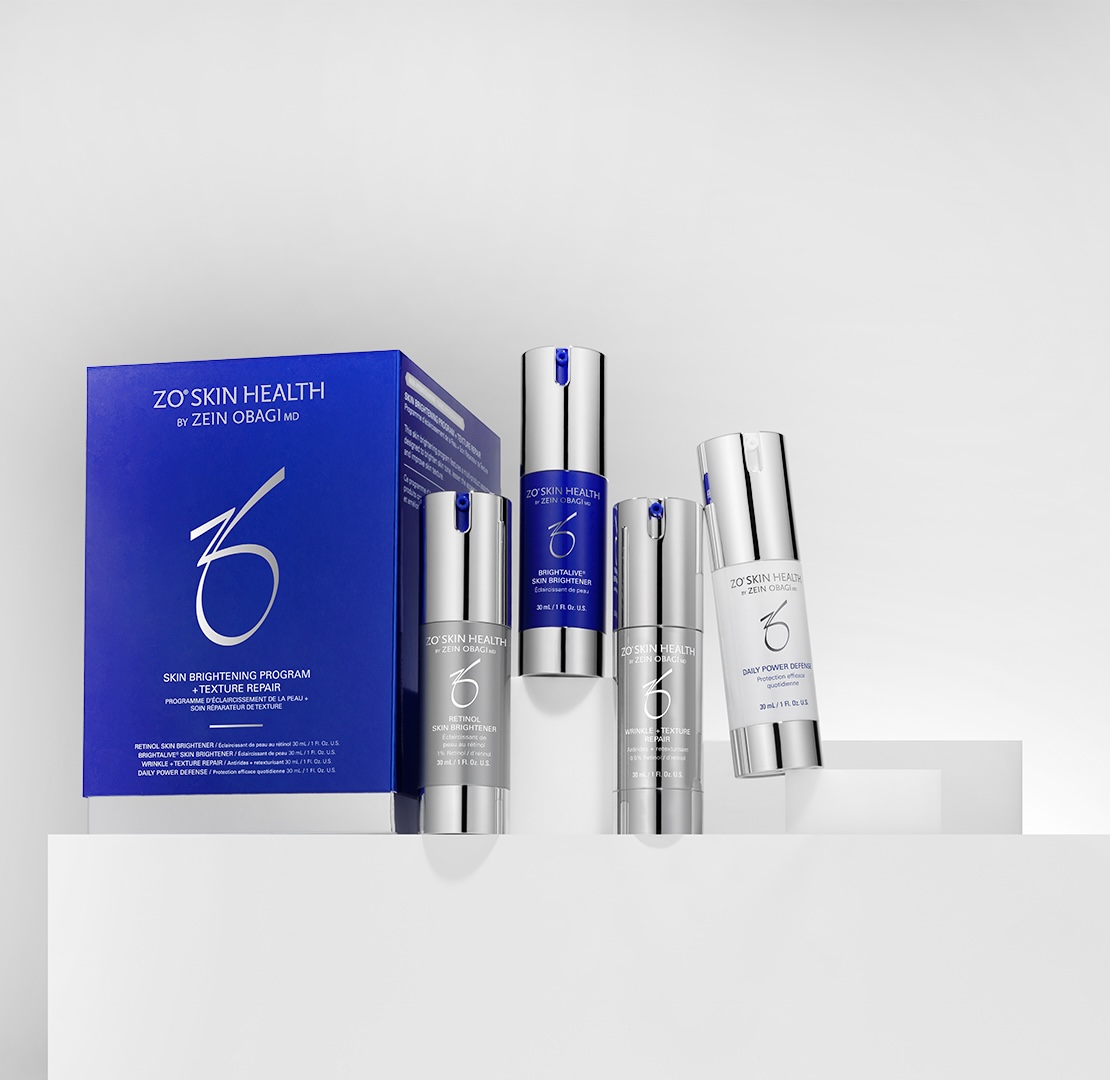
2 Comments
Fierce
3 years agoThis is truly a rule book. Thanks
BiL
3 years agoWe’re glad you found this useful!